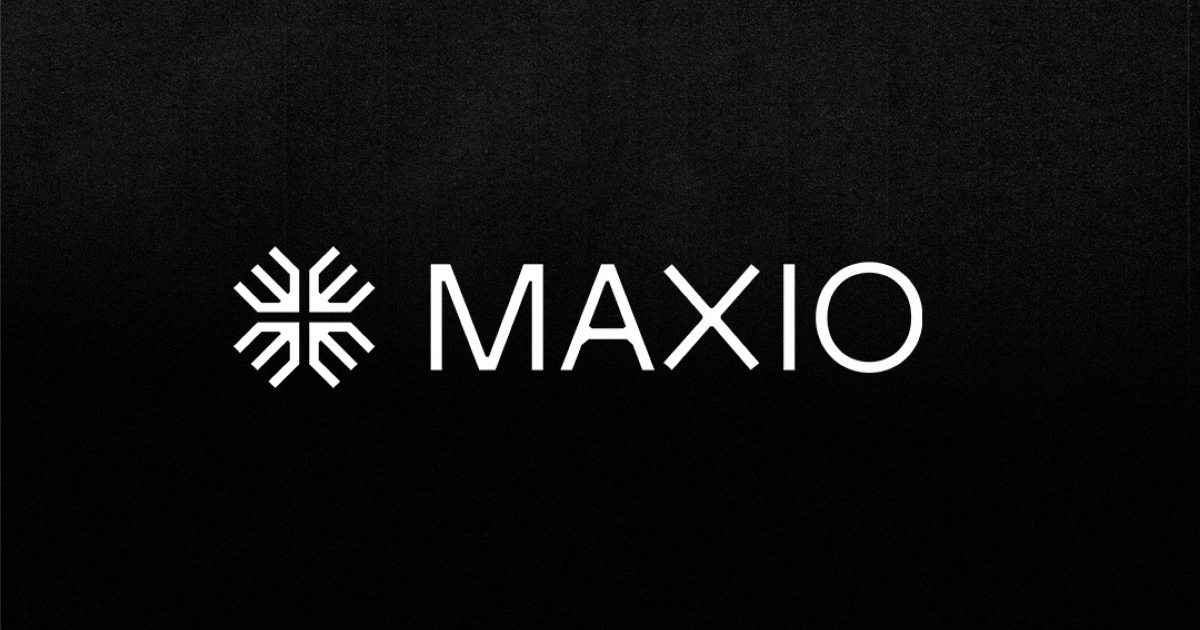Your go-to-market strategy can make or break your SaaS company—it’s how you introduce yourself to customers, penetrate the market, and ultimately sell your SaaS. While GTM strategies are typically associated with front office teams (Sales, Marketing, Customer Success), back office teams play a crucial role in making sure your GTM is financially viable.
In a recent Linkedin Live, Hillary Lovric, VP of Marketing for Maxio, spoke with Trent Allen, RevOps Manager, about best practices for aligning your front and back office around your go-to-market strategy.
You can tune in to their full conversation here.
The Sales & Finance GTM Tug-of-War
Because of their competing priorities, getting mutual buy-in from your front and back office teams around your GTM strategy isn’t easy.
Sales teams want product and pricing flexibility to accommodate customer needs and close deals, but finance teams want repeatable product offers and predictable revenue to ease their accounting pains. One of these teams often holds more operational power than the other within many SaaS companies. In either case, a power imbalance between the front and back offices creates one of two scenarios.
Finance dominant: an underwhelming GTM strategy
Your finance team has power to veto complex product offerings, sales-negotiated terms, and pricing models that don’t play well with their accounting tools and processes. While this ensures your company’s financial integrity, it limits Sales’ ability to create personalized product offers for customers and weakens your GTM strategy.
Sales dominant: poor financial integrity
Your sales team that can sell whatever (and however) they want to close more deals. In other words, your sales processes turn into the Wild West with no financial procedures to keep them reigned in. While this scenario gives front office teams ultimate selling flexibility, Finance is pulling their hair out trying to keep track of countless unique contracts.
Neither of these scenarios are ideal. To find a solution, Hillary and Trent discussed the steps that SaaS businesses can take to end the nonstop tug-of-war between the front and back office.
The first step begins with your most important stakeholder: the customer. During our LinkedIn Live discussion, both Hillary and Trent agreed that your GTM strategy needs to be built with the customer experience in mind.
Build Your GTM Strategy Around the Customer Experience
When you’re in the middle of navigating your GTM strategy, it’s important to advocate for the customer before you start reevaluating your strategy, systems, and processes. Sales and finance teams aside, your customers’ needs should be the ultimate decision maker in how you go to market.
To give an example, Trent shared a personal story of how a poor customer experience influenced his buying decision between two competing software tools:
The RevOps team was evaluating six different pieces of software to organize prospect list data for our Sales department. After some testing and research, it came down to two: the leader in the space and one of their competitors. We ultimately made the decision to go with the competitor, because they answered all our questions and provided amazing support during the buying process.
Trent Allen, RevOps Manager at Maxio
What Trent’s story shows us is that the customer experience begins much earlier during the prospecting phase. In short, if your sales and finance departments aren’t equipped with the right tools and processes to provide prospects with quotes, pricing, or a contract while the iron is hot, you’ll end up with another closed/lost deal.
Here’s what a streamlined customer buying process looks like when your front and back office teams are aligned around your GTM strategy:
1. Finance can easily approve sales-negotiated contract conditions before customers get to the signing stage.
2. Sales can work with the back office to give customers what they need, whether it’s a quote, pricing, or a contract, with minimal turnaround time.
3. Finance teams have everything they need to check signed customer contracts so customers can move right into the onboarding phase.
To improve each of these steps and enable collaboration between the front and back office, Sales and Finance teams need a shared system that keeps data flowing between their CRM, general ledger, and accounting tools. By keeping these tools separate, SaaS companies create unnecessary roadblocks in the customer experience that result in lost deals, missed upsell opportunities, and increased churn.
Here’s what a streamlined customer buying process looks like when your front and back office teams are aligned around your GTM strategy:
1. Finance can easily approve sales-negotiated contract conditions before customers get to the signing stage.
2. Sales can work with the back office to give customers what they need, whether it’s a quote, pricing, or a contract, with minimal turnaround time.
3. Finance teams have everything they need to check signed customer contracts so customers can move right into the onboarding phase.
To improve each of these steps and enable collaboration between the front and back office, Sales and Finance teams need a shared system that keeps data flowing between their CRM, general ledger, and accounting tools. By keeping these tools separate, SaaS companies create unnecessary roadblocks in the customer experience that result in lost deals, missed upsell opportunities, and increased churn.
Define Your Product Catalog
A defined product catalog prevents sales reps from proposing contract terms that Finance can’t possibly support.
This doesn’t mean your sales reps are at a disadvantage during customer negotiations. Instead, setting a foundational price for your products, service bundles, and discounts that are agreed upon by both teams actually speeds up the approval process and increases your reps’ chances of closing a deal.
Eliminate Data Silos Between the Front and Back Office
By unifying your systems, processes, and data between finance and sales, you can focus on multiple deals at once and successfully kick them over the finish line.
The problem with multiple, disconnected tools
Most SaaS companies use a separate CRM, billing solution, and general ledger (or ERP) to manage the quote-to-cash process. Then, they’ll use spreadsheets to store and manage financial records. By working out of these separate systems, front and back office teams are naturally put at odds with one another.
The friction caused by separate processes and siloed data puts both Sales and Finance at a competitive disadvantage and will ultimately impact the efficiency of your GTM strategy.
Final Takeaways
Here are our biggest takeaways to help get your front and back office teams aligned around your GTM strategy:
- Always keep the customer experience top of mind.
If their experience isn’t smooth, it doesn’t matter how great your product is, because they’ll have a negative impression from the start. - Defining your product catalog and systems doesn’t leave your Sales teams’ hands tied.
They can still sell and leverage discounts, coupons, etc. But these custom pricing options become repeatable and easier to scale. - Using systems that aren’t integrated is just as bad as not having systems at all.
However, none of this matters if your GTM strategy is misaligned with your customers’ needs. (If that’s the case, you won’t have revenue to worry about managing in the first place.)
The truth is, the future of SaaS GTM strategies is changing. Both sales-led and product-led companies are experimenting with their strategies to expand into new markets, generate more revenue, and achieve rapid growth.
To shed light on the issue, we’ve worked with SaaSOptics to compile all our SaaS GTM knowledge in our ebook, How Product-Led Growth is Changing B2B SaaS.

